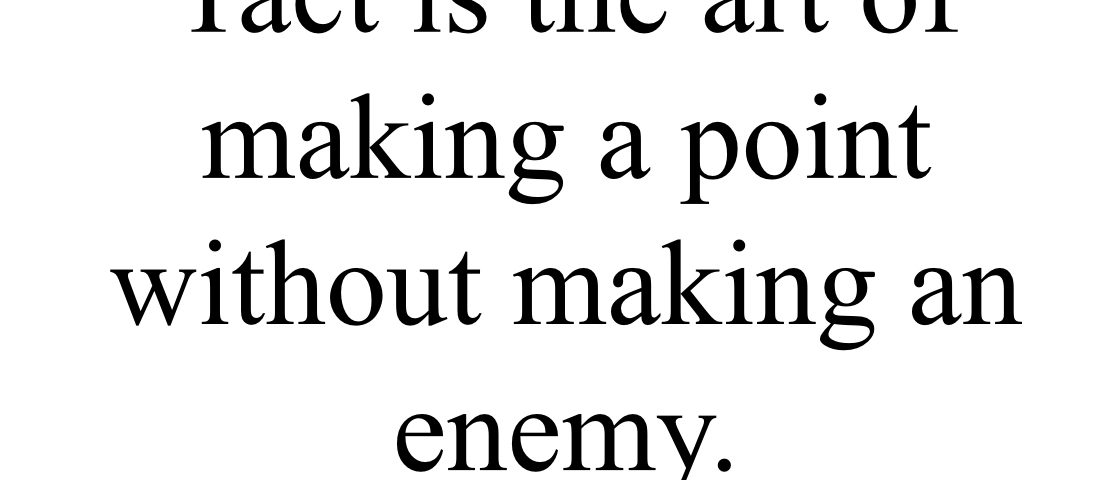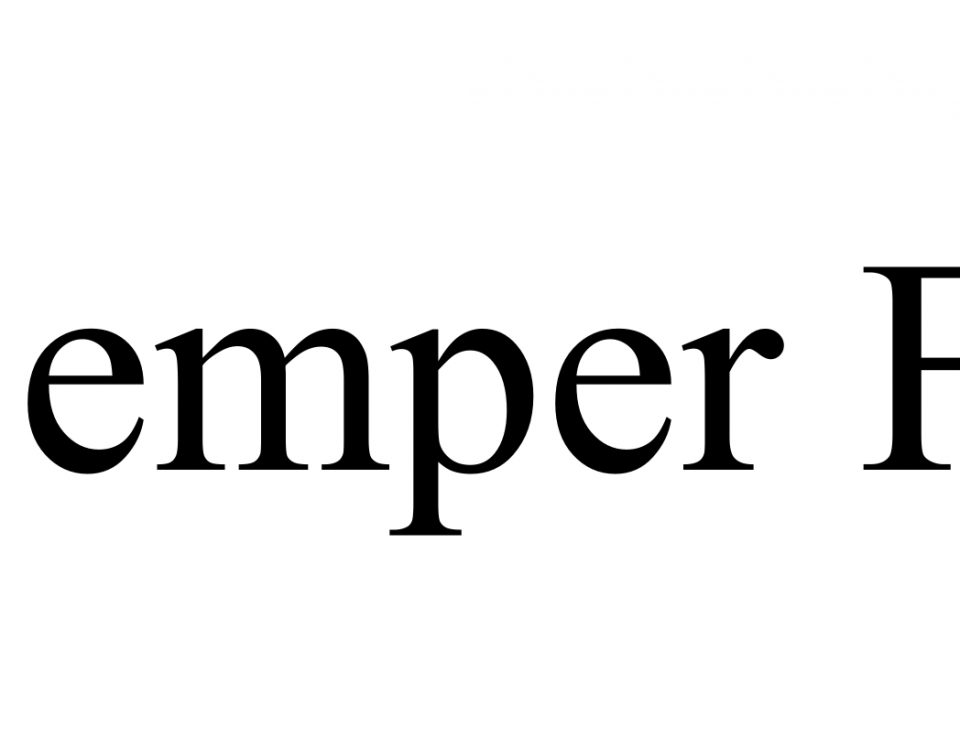3 Management Rules; from Isaac Newton!
Sir Isaac Newton is not a common reference in management circles, yet in managing staff or managing myself, I find Newton’s three laws of motion dictate much if not all the core principles in getting tasks accomplished and in attaining goals. Three Laws of Motion.
“But Matt, isn’t that physics?”
Maybe, but it works beyond the physical world.
“If you need something done, give it to a busy person.”
You have heard that before, right? You know it is true. Your own mother-in-law research will show you this. Busy people are busy because they are often engaged in the act of getting things done.
Conversely, people who are not busy, who are not getting things done, are poor candidates for additional responsibilities.
Which of Newton’s Laws ties to this dynamic?
His first.
Often referred to as his Law of Inertia, it essentially says that a body in motion stays in motion and that a body at rest stays at rest. There is more to it, but that is the crux. If moving, an object stays moving and if at rest an object stays at rest (slowing down is explained by the Third Law of Motion).
Look around your own work environment. Does this ring true? Are those hesitant to raise a hand and say “I’m on it” likely to behave differently next week? Are those who volunteer for additional responsibilities the same week after week, month after month, or does that sort of attitude rotate amongst the staff? If your experience matches mine, then you have seen that the same folks are the ones ready to step forward yesterday, today and tomorrow.
Newton’s 2ndLaw is a bit harder to express in layman’s terms, but in essence it states that the heavier the object, the more force it takes to move.
This is not hard to understand in real world terms. Indeed with the recent 50thanniversary of Apollo 11 landing on the moon, we often hear JFK’s reference to why we did it; not because it was easy but because it was hard. The bigger the task, the heavier the lift. The bigger the task, the more motivation, the more resources, the more energy required and/or appropriate.
In the workplace, whether your team or just you, this Law of Motion instructs us that our major priorities justify the largest outlays of resources. Resources, whether time, money, emotion or focus; these priorities require and justify the resources we put behind them.
Just as others will know our character by our deeds, others will recognize our priorities by the resources we put into them. If a task or relationship or revenue goal or service standard does not have your focus, then it will not be likely to receive the focus of your subordinates or your peers. If being a sensitive friend or a loving mama is truly a goal, the effort you put behind it will dictate the outcome.
Newton’s 3rdLaw of Motion is the most useful, to my mind, of these three. It applies to virtually every employee, every client, every vendor. Newton’s 3rdLaw of Motion, in general terms, iterates that for every action, there is a reaction. Nothing in nature occurs without creating reactions (in a scientific sense, always in the reverse direction and always with equal energy).
Everything happens for a reason. Nothing at work or in your personal life occurs in a vacuum. Nature abhors a vacuum.
Understanding that every action creates reactions, it is incumbent on the effective manager to assess the most likely reactions to all decisions, actions, mandates. How will that verbal discipline affect performance? How will the written thank-you note to a subordinate affect retention (a handwritten note to the shop that fixes my 51-year old vehicle, has transformed how I am treated).
Example-Providing your team training, with a focus on their professional development, has many potential reactions. Perhaps it enhances skillsets so that upward mobility within the company becomes likely. Or perhaps that same enhancement makes the employee more confident in looking elsewhere for opportunities. It might make that employee more eager to shine, or even the reverse, to dampen enthusiasm in the long run as the employee feels capable of doing more, with more responsibility.
It should also create a dynamic whereby higher standards are implemented; where the expectations of performance are elevated.
Thus, the manager who provides professional development might find it necessary to respond again; a reaction if you will, to the original action. That action of providing professional development might result in creating further needs for greater responsibilities or greater internal options for those receiving the training. Chain of events. Life is series of changes and all events are an accumulation of previous cause/effect outcomes. It is sort of magical to think that among all the possible outcomes resulting from the Big Bang and the microsecond of time when all that existed was hydrogen, and that after 13.7 billion years, here you are. After an incredible chain of events covering timespans measured in eons, a million years at a time.
Spoiler alert-today’s outcome, and your place in it, is not random.
Sir Isaac Newton gave us these three Laws in a different context, yet they exude a link to behavioral elements. Laws of Science are fascinating, in ways that scientific theory (which is of course an oxymoron; often associated with global warming discussions) is not. What we find is that we and our behaviors are controlled by these laws of physics just as much as the physical world.
The first law warns us that those without goals are unlikely to change behavior without the catalyst of another force- which is of course the reaction considered in Newton’s 3rdLaw. For something to move, another force has to tap it, or shove it, as the need might require. And the amount of need is explained by the 2ndLaw!
And that, my friends, concludes our physics lesson for the day.





